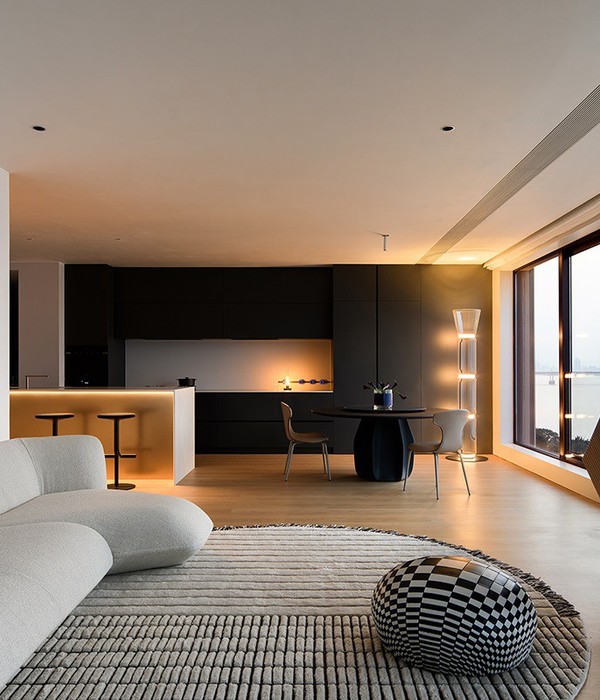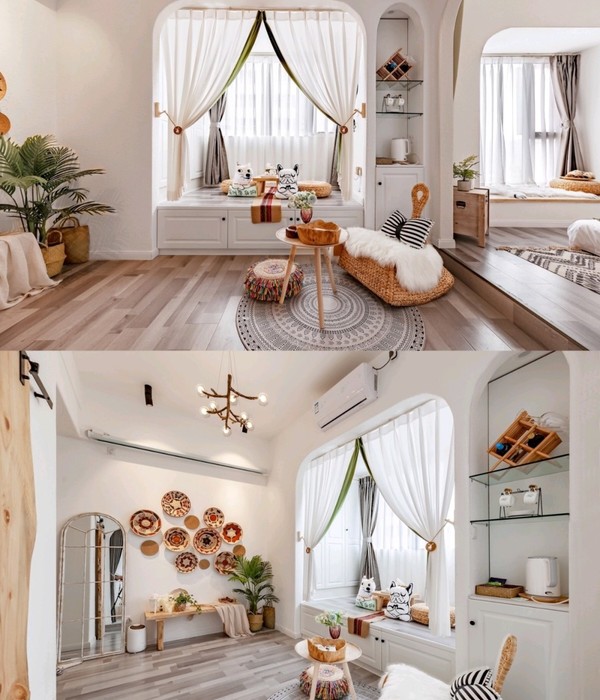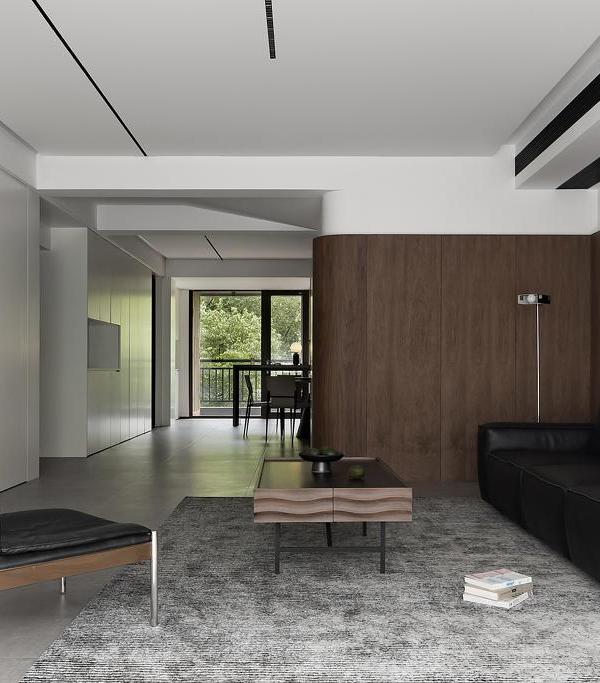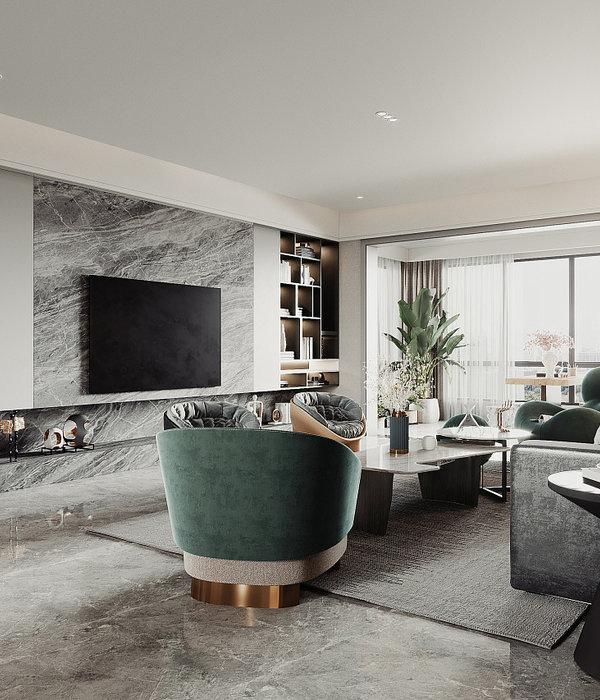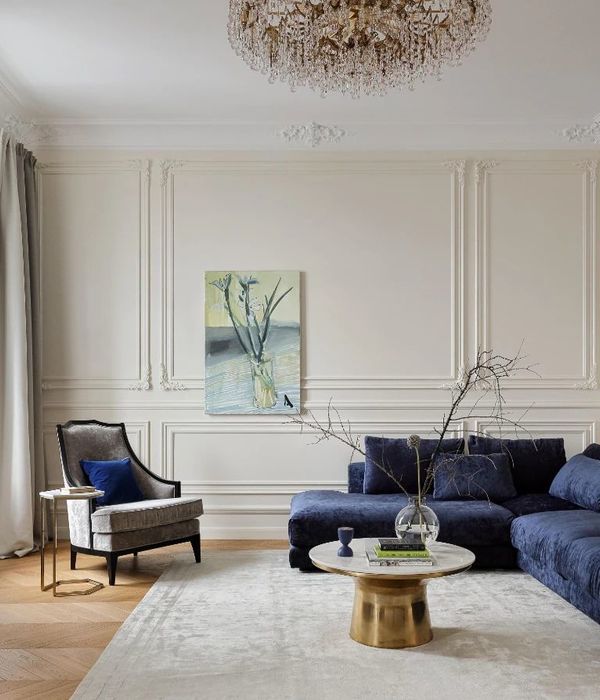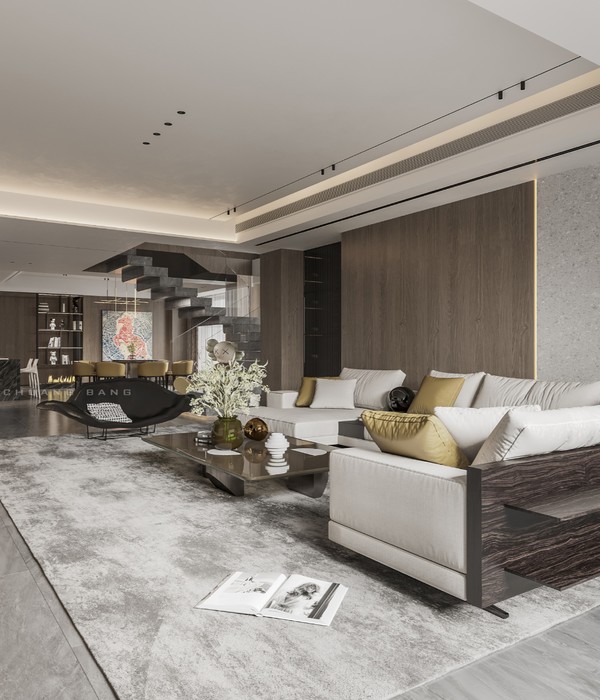L’intervento fa parte, insieme a “Cinder Rose House” e alla “Tuscan red House”, di un’operazione di recupero di tre case all’interno del quartiere di Testaccio a Roma avvenute contemporaneamente. In tutti e tre i casi si è cercato di mantenere la memoria dell’edificio sottolineandone alcuni aspetti peculiari evidenziati dal contrasto con alcuni elementi dal sapore del tutto moderno. Il progetto indaga le questioni legate al rapporto fra la precisione del disegno architettonico accostati all’imperfetto dei materiali costruttivi di inizio secolo. Questi ultimi, recuperati sono stati ripartiti in primo piano e sottolineati dall’accostamento con materiali nuovi ma del tutto naturali e realizzati a mano su misura: i marmi , i legni, il cotto del pavimento, le porte in ferro e in legno. Il racconto della casa rispecchia, in maniera evidente, il rapporto fra gli aspetti tipici di un quartiere popolare di Roma con la storia personale ed il gusto della proprietaria e delle sue origini irlandesi.
The project, with “Rose Cinder House” and “Tuscan red House”, is part of a simultaneously recovery operation on three houses within the neighborhood of Testaccio in Rome. In all three cases has tried to keep the memory of the building emphasizing some peculiar aspects highlighted by contrast with some elements of modern flavour. The project investigates issues related to the relationship between the precision of the architectural design combined with the imperfect of the construction materials of the beginning of the century. They recovered were divided in the foreground and underlined by the combination with new materials but all-natural and handmade bespoke: marbles, wood, terracotta, iron and wood doors. The tale of the House reflects, prominently, the relationship between typical aspects of a popular district of Rome with personal history and taste of the owner and of his Irish descent.
{{item.text_origin}}



